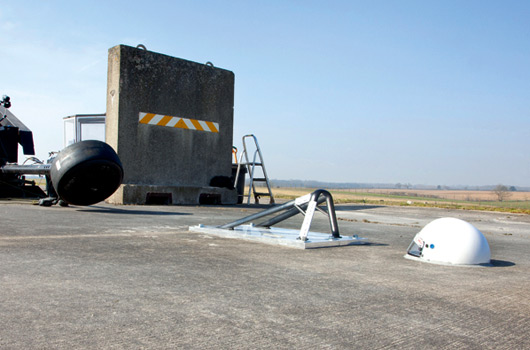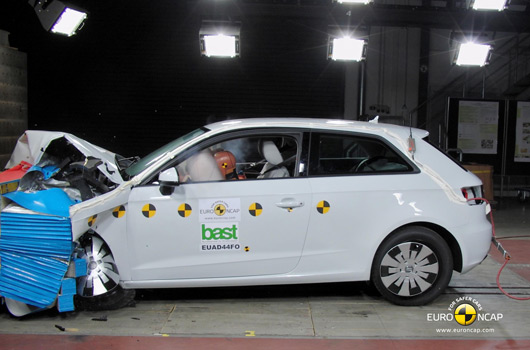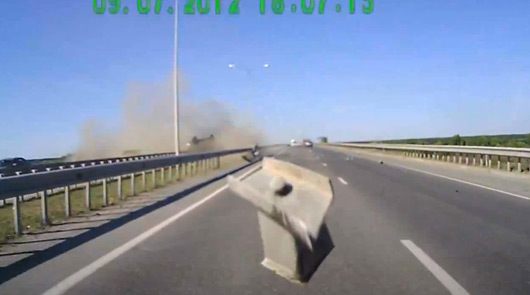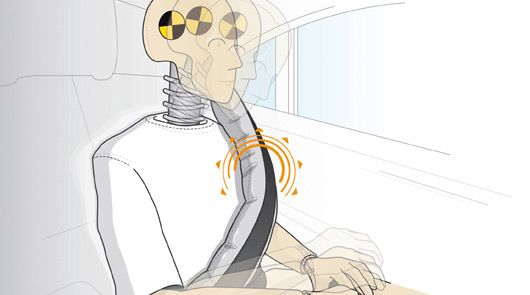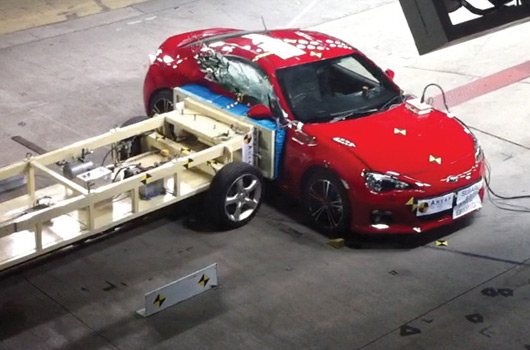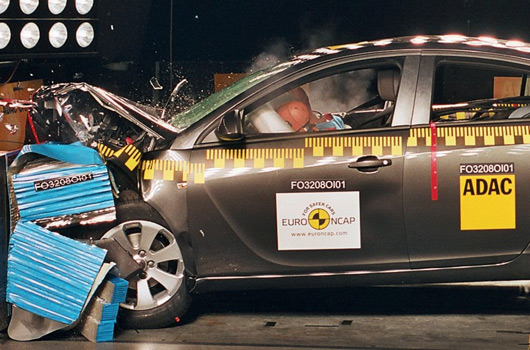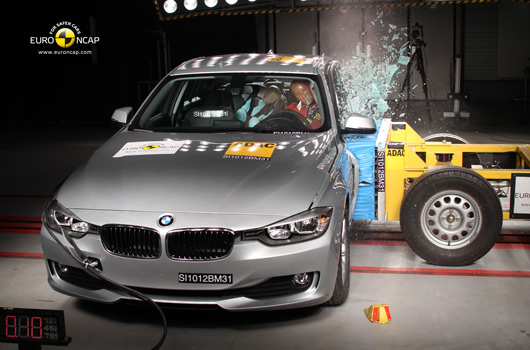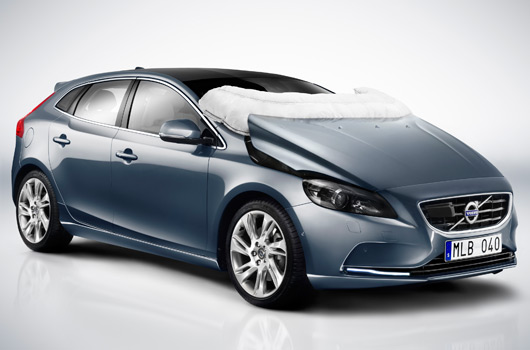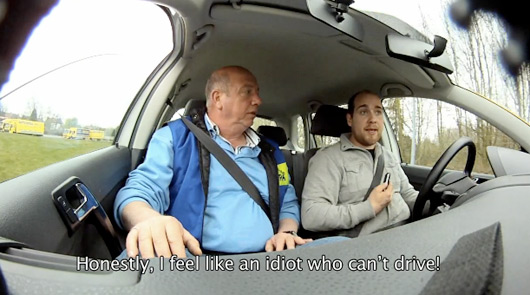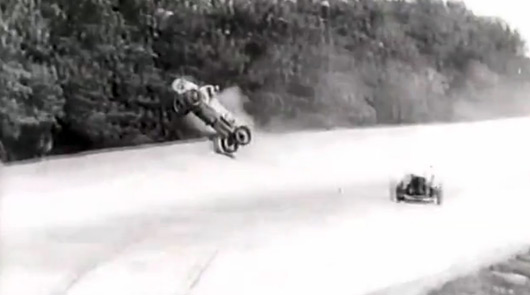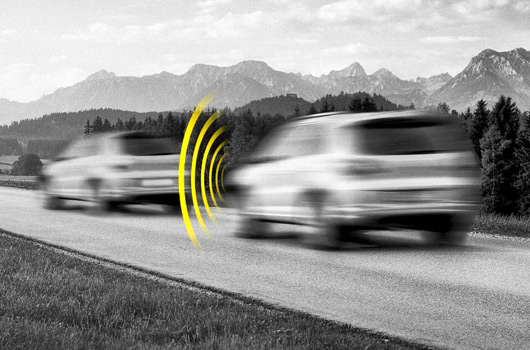
A decision by Euro NCAP to include Autonomous Engine Braking (AEB) in its testing from 2014 onwards has forced the European Commission to make the technology mandatory for commercial vehicles by November next year. You’d expect a similar regime to apply to passenger cars shortly thereafter.
Euro NCAP describes AEB as such:
Autonomous Emergency Braking systems can help to avoid crashes or to mitigate their severity by warning the driver and supporting his braking response and/or by applying the brakes independently. The technology generally uses forward-looking radar, lidar and video systems to provide a complete, accurate, real-time image of the road ahead.
As well as the obvious reduction to injuries and road deaths—a study shows mandatory AEB can cut accidents by as much as 27%—Philippe Jean from the European Commission says the economic benefits should also be recognised.
“Our studies indicate that the resulting reduction in congestion due to accidents would represent an economic value of about €100 million (£78.5m) in Germany alone,†Jean explained.
The decision by Euro NCAP to include AEB testing means it will soon be impossible for a car to achieve a coveted five-star safety rating without the system being fitted.
Michiel van Ratingen, Secretary General of Euro NCAP hopes their decision will help motivate decision makers into action.
“A faster penetration of these technologies into new cars will make it more realistic for the European Union to reach its target to cut road deaths by 50% by 2020,” van Ratingen said.
“Consequently, Euro NCAP has decided to include AEB assessments as part of the overall star rating from 2014 onwards and hopes that European authorities will soon require AEB as mandatory on all new vehicle types.”
Earlier this year Euro NCAP conducted a fitment survey to learn more about current models fitted with AEB systems. The results are available here.
[Source: The Telegraph & Euro NCAP]
